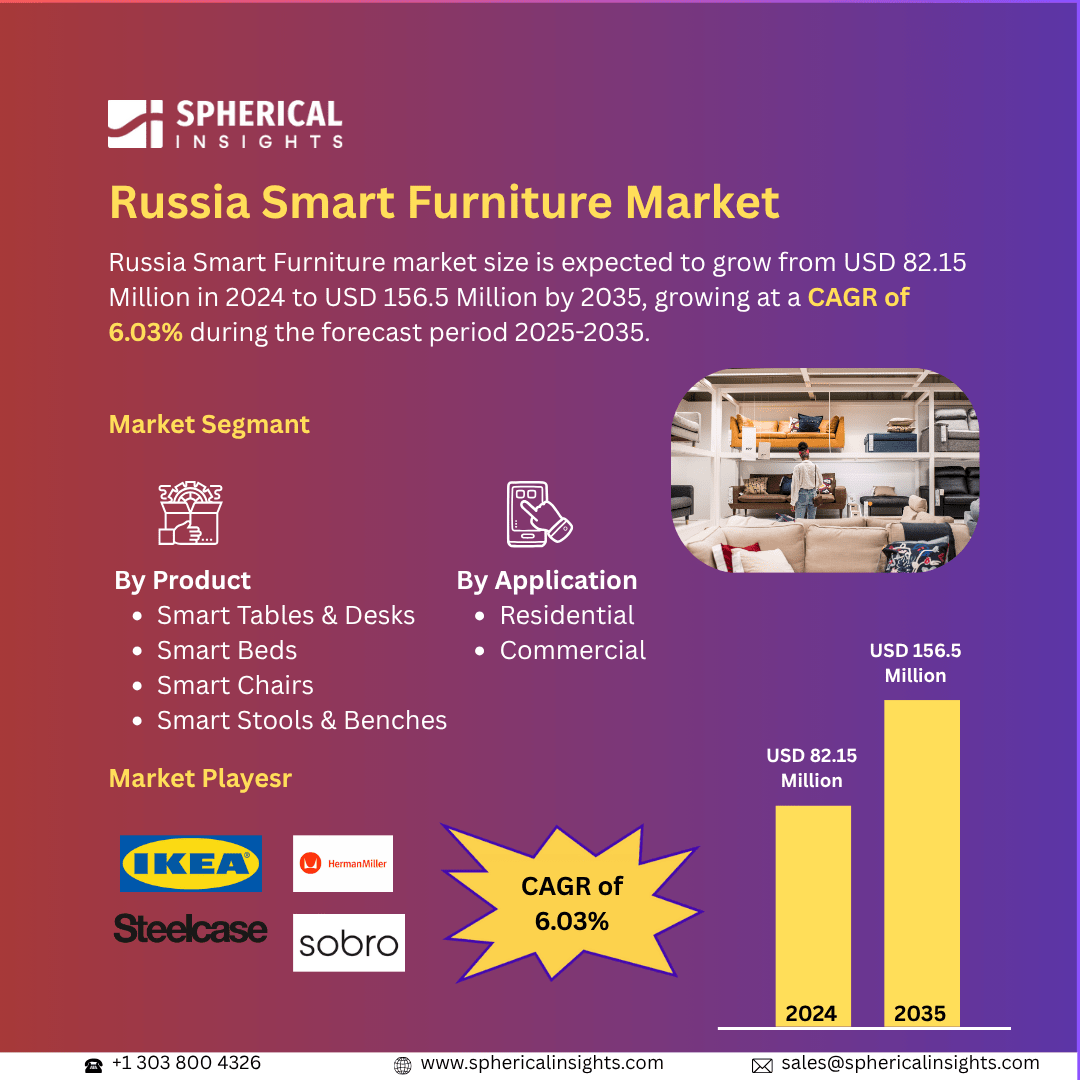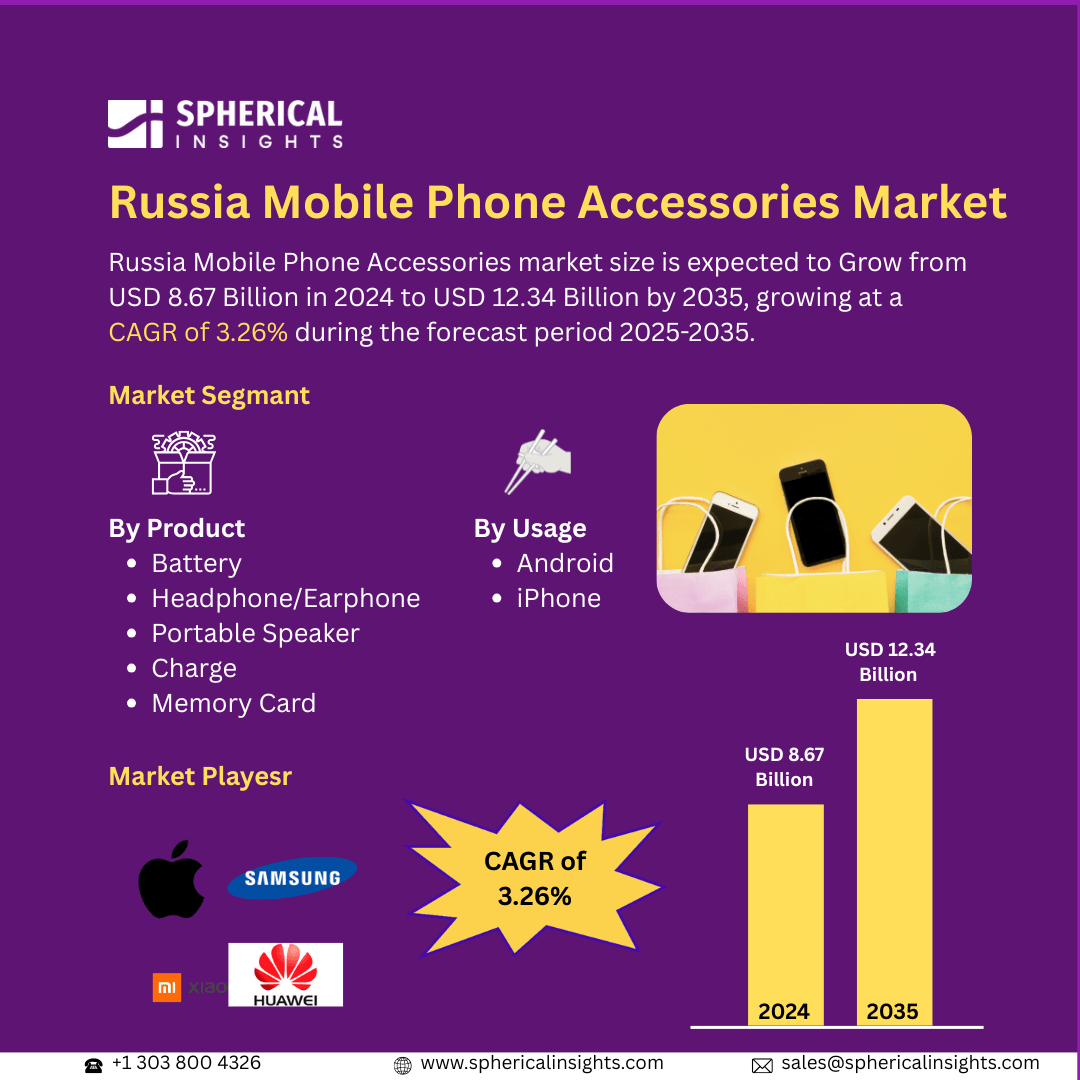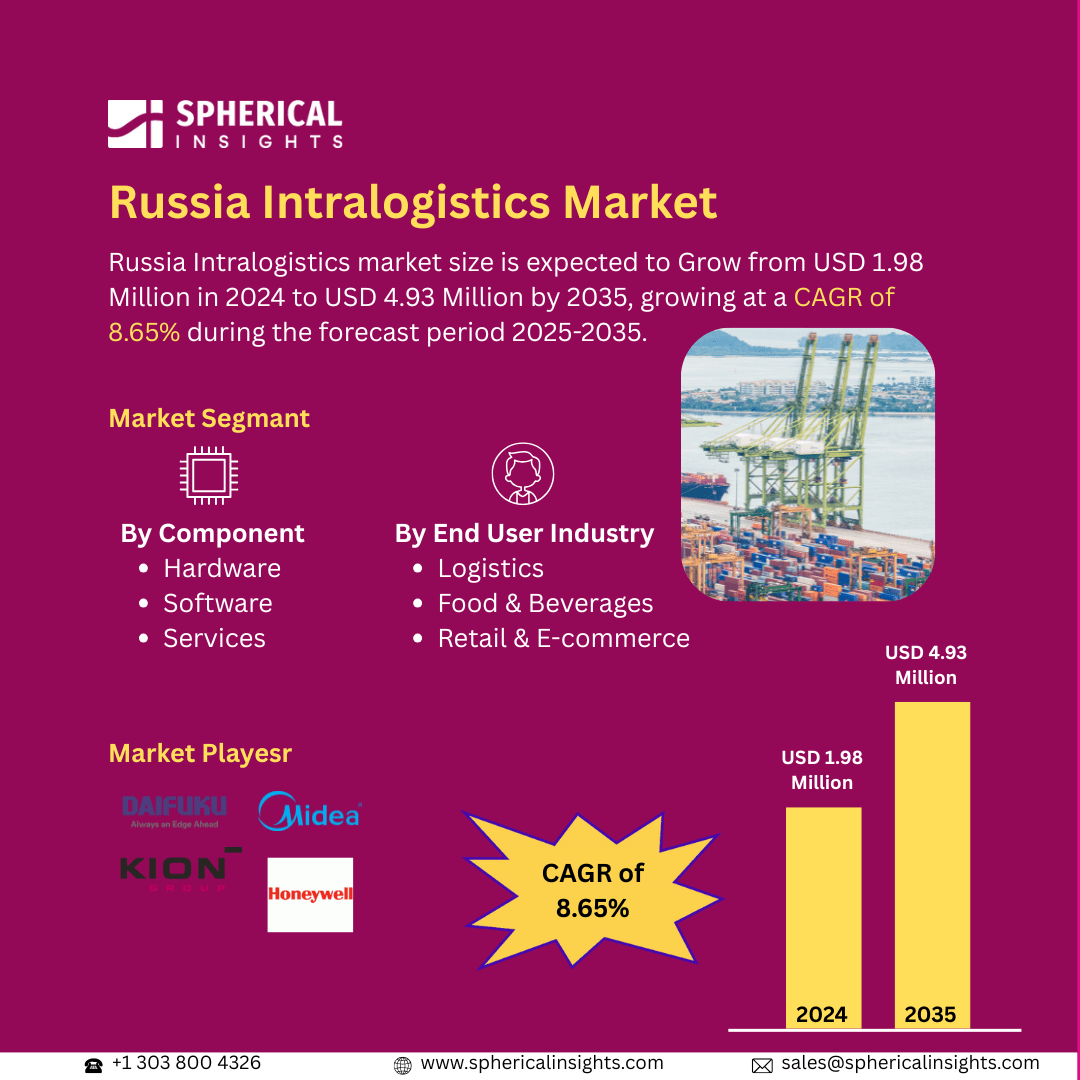Photonics Market Summary
The Global Photonics Market Size was Estimated at USD 964.72 Billion in 2024 and is projected to Reach USD 1671.24 Billion by 2035, Growing at a CAGR of 5.12% from 2025 to 2035. The Growing need for high-speed data transfer, sophisticated imaging, and the growing applications in a variety of industries, including manufacturing and healthcare, are the main drivers of the photonics market's notable expansion.
Key Regional and Segment-Wise Insights
- In 2024, the North American photonics market held a 34.7% revenue share, dominating the global market.
- In 2024, the regional photonics market was dominated by the US market.
- The photo detectors sector led the market by products, with a revenue share of 17.2% in 2024.
- In 2024, the display segment held the largest market share by application.
Global Market Forecast and Revenue Outlook
- 2024 Market Size: USD 964.72 Billion
- 2035 Projected Market Size: USD 1671.24 Billion
- CAGR (2025-2035): 5.12%
- North America: Largest market in 2024
- Asia Pacific: Fastest growing market
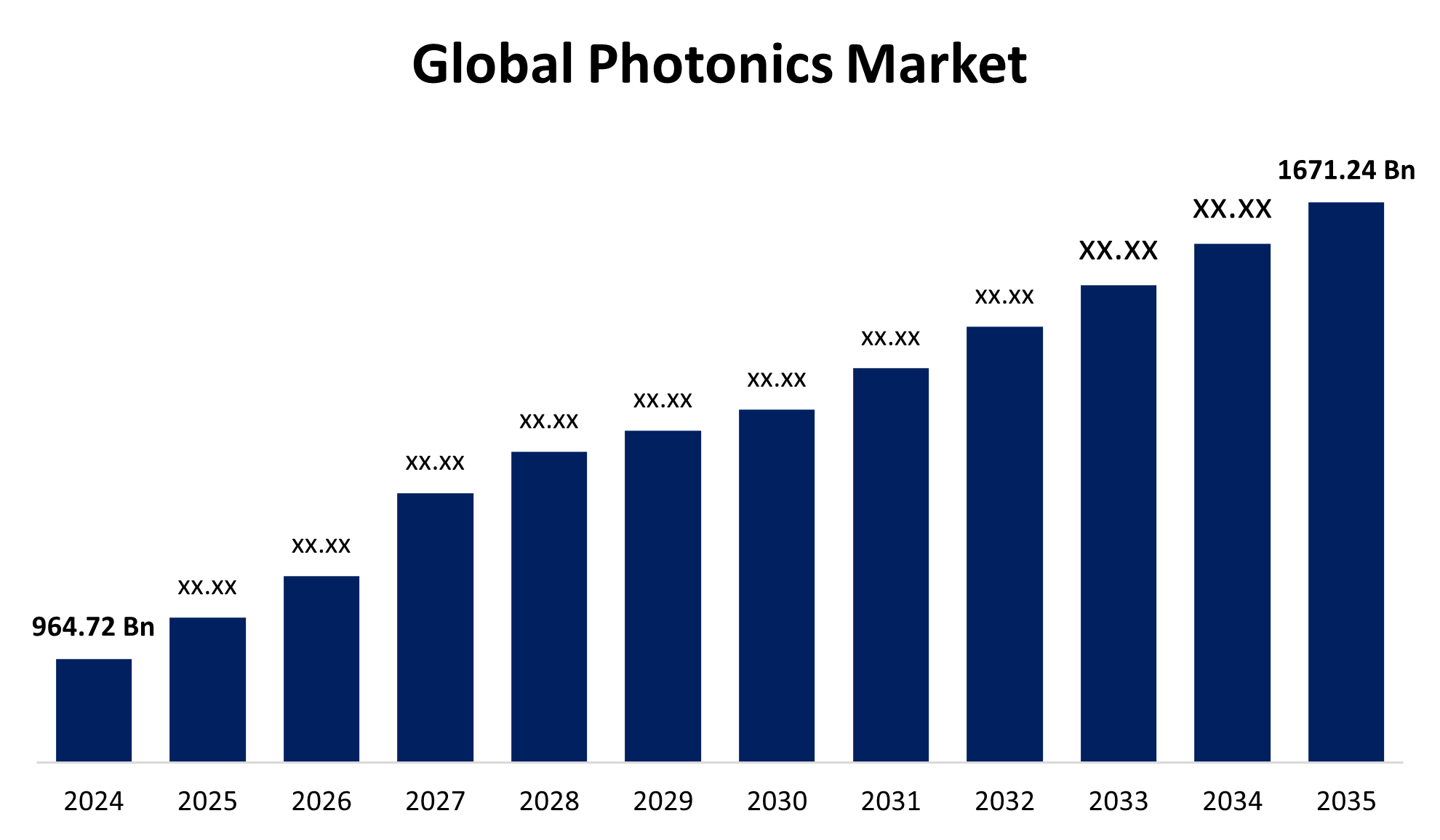
The production, detection, and control of light (photons) combine all areas of science, engineering, and technology, characterized as the photonics marketplace. This space employs the properties of light to create, control, and transfer information across a wide variety of sectors such as consumer electronics, manufacturing, telecommunications, and medical. The expanding market will be stimulated during the projection period by the increase in use of photonics-powered devices in the information & communication, healthcare, and industrial products markets. Light-enabled technology innovations have leapfrogged creative thinking to provide sustainable solutions for global issues, and are expected to be prominent drivers of many significant markets around the world. The use of unique time advantages has now broadened the popularity of these items.
The shift towards more advanced systems is fueled by technological advances in laser and optical sensor technologies that increase productivity and efficiency across sectors. Moreover, the market landscape continues to grow because of a heightened need for faster data transmission with the upsurge in internet-connected devices and increased cloud services. Additionally, government advancements in R&D are likely to promote new developments in the photonics industry, especially in areas of computing like quantum and high-performance computing. In addition, due to the global consumption of 5G technology, a demanding infrastructure is needed for high-speed communication. The telecommunications coverage in emerging economies is increasing due to improvements and investments in their telecommunications infrastructure. Moreover, the demand for photonic technology is expected to grow consistently across several sectors as businesses learn and understand the efficiency and energy-saving advantages of photonic technology.
Products Insights
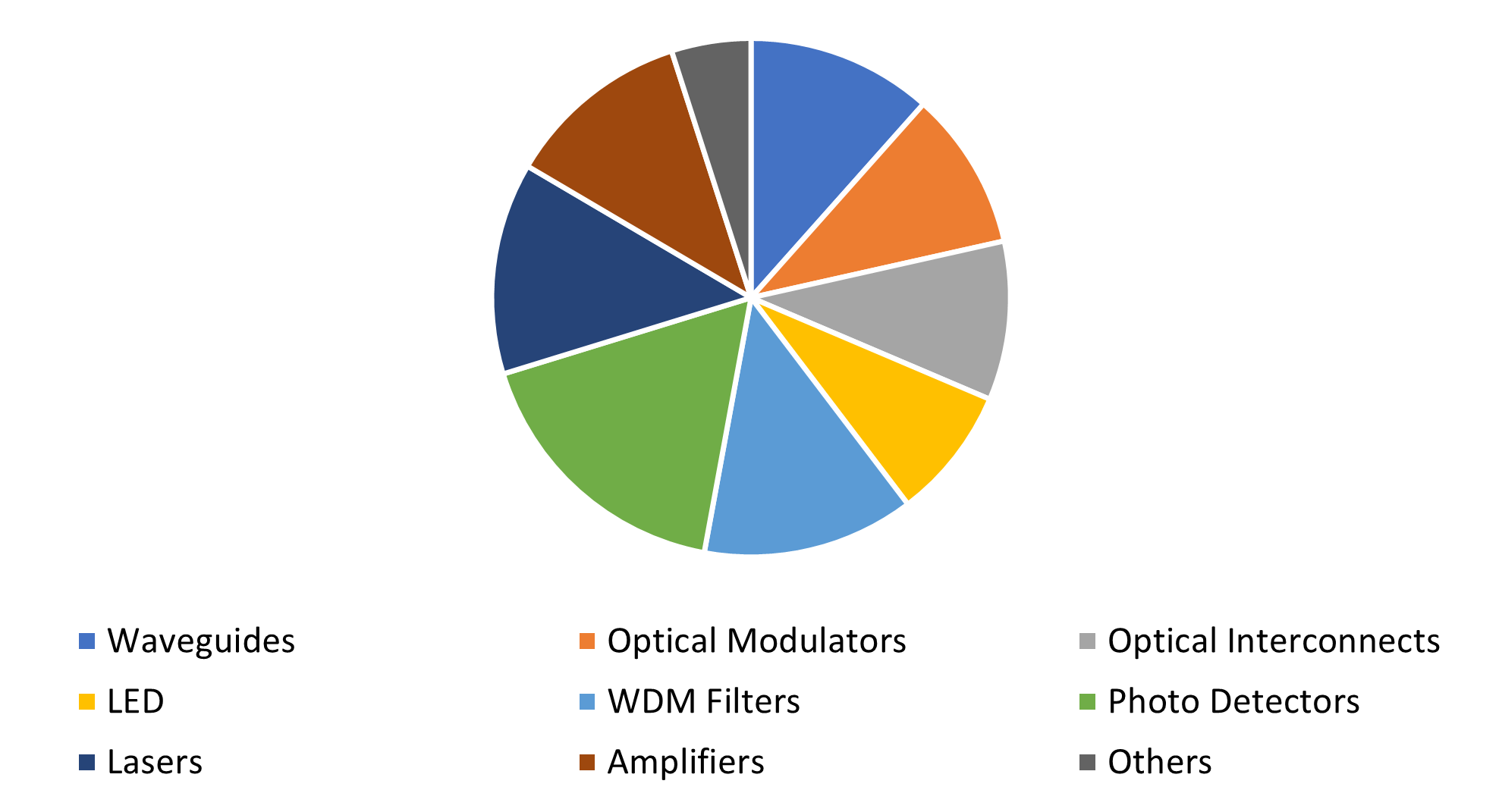
The photo detectors segment accounted for 17.2% of revenue in 2024, thus leading the market. This is due to the growing need for effective light-detecting technologies in a wide range of applications, notably consumer electronics, industrial automation, and telecommunications. High-performance photo detectors will likely stay in demand as long as businesses rely on innovative photonics technologies. Their market presence has been greatly bolstered by the increasing use of optical communication systems, where photo detectors are critical in converting light impulses into electrical signals.
Over the forecast period, the amplifiers segment is expected to grow at the highest CAGR. This high growth is mainly due to the increased demand for optical amplifiers in telecommunication networks, especially with the advent of 5 G. The continued development of amplifier technologies, such as fiber and semiconductor optical amplifiers, will also promote this segment's growth within the photonics industry. The development of physical infrastructure and increased data transmission speeds means optical amplifiers are increasingly vital for maintaining signal integrity over increasing distances.
Application Insights
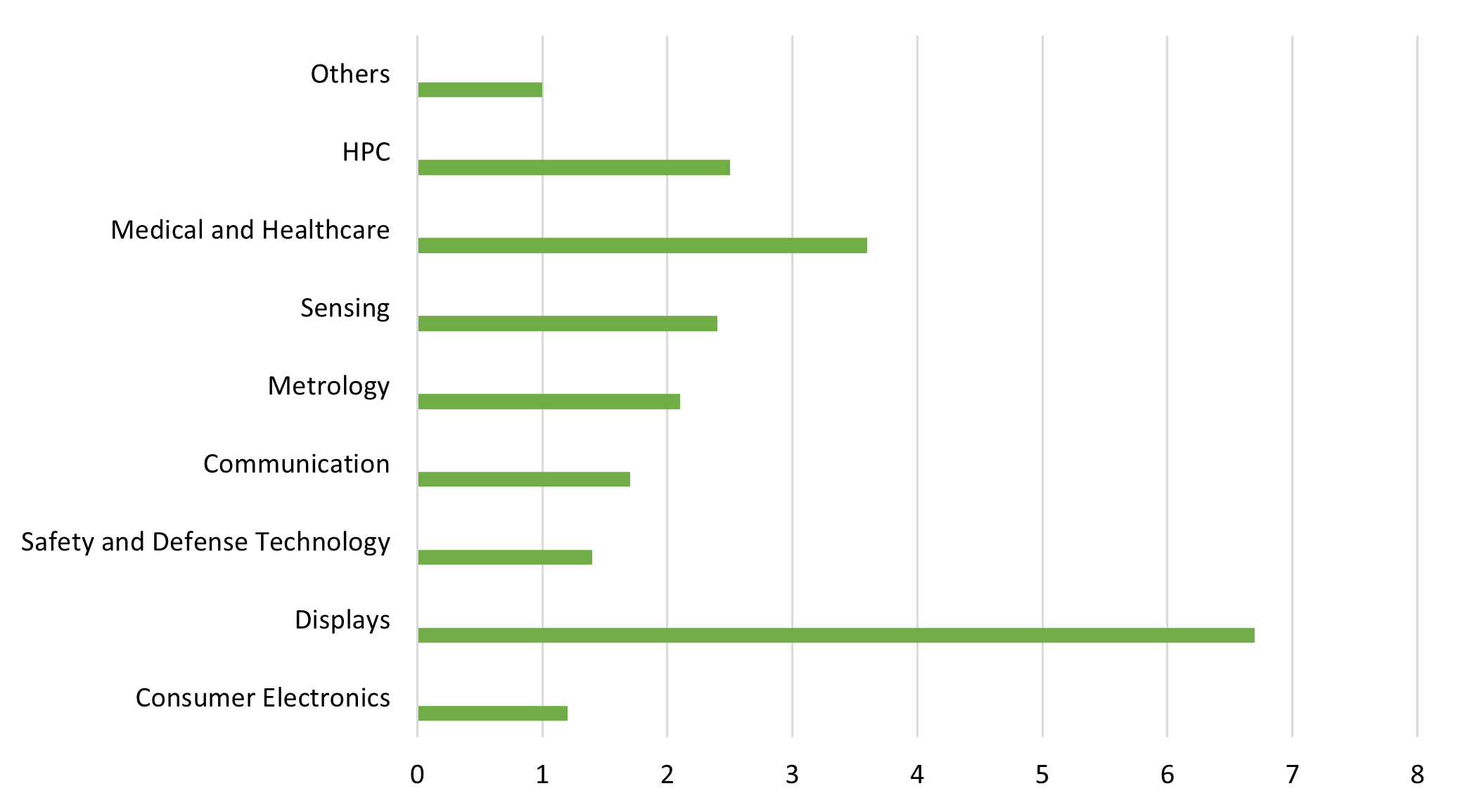
The display category accounted for the largest share, and in 2024 hence it will dominate the market. With biosources, discrete and integrated optical components, PV and solar cells, and supercontinuum assets, the applicable base is huge, which is why the segment dominates. The advancements made in display technology (liquid crystal displays (LCDs) and organic light-emitting diodes (OLEDs)) that benefit consumer electronics and industrial applications as consumer-level displays advance the need for high-decision, power-effective, and lightweight displays is emerging across numerous industries with automotive, consumer electronics, and healthcare seeing growth in this segment. The dominant role that the display segment plays in the photonics market through segments will persist as it impacts various industries and products.
The medical and healthcare industry will have the fastest CAGR over the forecast period. While there are advancements in photonics-based diagnostic and medical technologies. For instance, clinical trials have shown photodynamic therapy (PDT) to be curative, at least in cancers that are 'early-stage' cancers. This could dramatically enhance the quality of life and extend life in cases of particularly bad prognosis or incurable malignancies. Investments in photonic solutions are increasing as the healthcare sector continues to emphasize minimally invasive health procedures and early detection of disease. Hence, this segment will most likely act as a major driving factor in determining the future development of the photonics industry. Also, applications like optical imaging, laser surgery, and phototherapy are becoming more widely implemented as medical professionals explore more efficacious treatment delivery methods.
Regional Insights
The North American photonics market accounted for 34.7% largest revenue share of the global market in 2024. With an amount of R&D investments, sophisticated technologies, and demands in telecom, healthcare, and security, it shows distinct prominence and importance as a dominant player in the global photonic market. North America has been synonymous with a market leader in development areas, including optical communications systems, laser technologies, and quantum computers. The dominance of the telecommunications sector is further benefiting the photonics sector by creating demand in data communications, and high-communication speed fiber optics. Besides, the unmatched prominence in photonics has played a similar role as the requirement for advanced imaging systems in research and diagnostics, aiming to improve high-speed data communications and other photonics solutions. In addition, North America's emphasis on medical advances has contributed to develop thousands of applications and products in diagnostics, imaging, and laser surgery for ophthalmic applications, if not for the government program Innovation Superclusters for defence and aerospace research.
U.S. Photonics Market Trends
In 2024, the U.S. photonics market led the regional market as a result of private funding for developing laser technologies and optical systems, as well as government. Rapid innovation in photonics technology is further underscored by the increasing demands of data processing and transmission at scale in data centers and telecommunication networks. The criticality of photonic technologies for the future of communication networks is underscored by the American Institute of Manufacturing Photonics and other programs fostering the research and development necessary to develop new applications in both healthcare and security/defense. Photonic innovation is supported by the vibrancy of change in us semiconductor industry and collaboration between business and academia. The use of LIDAR technology in self-driving vehicles is another prime example of pushing the limits of color-free innovation, enabling further development of photonics. The government also supports photonics into the future with initiatives like the National Photonics Initiative (NPI), which guarantees more innovation and commercialization of next-generation products through standards and partnerships.
Europe Photonics Market Trends
A significant demand for energy-efficient solutions, notably in terms of LED, along with advancements in laser-based manufacturing, is expected to support the growth of the photonics market in Europe at a significant CAGR over the forecast period. The area is regarded as a leader in developing new laser technologies to enhance manufacturing processes and support renewable energy initiatives such as solar and wind. With recent developments in micro-optics and smart lighting technology, Germany, Switzerland, and Poland, in particular, are driving this growth.
Asia Pacific Photonics Market Trends
The Asia Pacific photonics market is projected to grow at the fastest rate during the forecast period, with the industry's increasing demand for lighting-based solutions and the rapid development and advancement of technology driving growth. As countries such as China, Japan, South Korea, and Taiwan highlight factors such as the wide use of glass in the electronics, automotive, and telecommunications industries, and nations' large manufacturing capabilities, which are contributing to the growth of the market. Substantial developments taking place in this region for laser technology, optical sensors, and display systems will improve productivity and efficiency within a range of industries. In addition to the province's investments in autonomous vehicles and renewables that propel optics in sensors and low-energy technologies, government grants and funds for photonics R&D, particularly quantum computing and smart cities, will strengthen the status of Asia Pacific as a contributor to global photonics.
In 2024, China was the global leader in optoelectronics and photonic technologies as it surpassed the regional market. The government of China has put a lot of R&D investment into optoelectronics, especially in its Optics Valley area, where numerous high-tech firms support fiber optics and optoelectronic industries. The considerable amount of support for creative ventures and engagements with private industries demonstrates China's strategic prioritization of establishing an independent photonic industry. The already established manufacturing resources in this sector can lead to the rapid commercialization of photonic technologies. China continues to impact photonics in significant ways as a result of efforts surrounding supportive policies towards domestic semiconductors and quantum technology.
Key Photonics Companies:
The following are the leading companies in the photonics market. These companies collectively hold the largest market share and dictate industry trends.
- 3SP TECHNOLOGIES S.A.S.
- Hamamatsu Photonics K.K.
- INNOLUME
- TRUMPF
- Infinera Corporation
- IPG Photonics Corporation
- Cisco Systems, Inc.
- Lumentum Operations LLC
- Coherent Corp.
- Luna Innovations Inc
- Others
Recent Development
- In August 2024, Fujitsu plans to open an Open All-Photonics Network (APN) Lab in Düsseldorf, Germany, from November 2024 to March 2025. The objective is to raise awareness of APNs and support the worldwide growth of the Innovative Optical and Wireless Network (IOWN). Attendees will have the opportunity to experience the benefits of Open APN technology, which can be user-friendly and flexible at the same time. Open APNs will be used to verify connectivity between multi-vendor products, as well as the operation of an APN by vendors, network carriers, both domestic and international, and data center operators. In addition to high capacity, low latency, and low power consumption, open APNs enable easier connections to multi-vendor products and solutions.
- In March 2024, OpenLight stands as the worldwide authority for custom PASIC chip development and manufacturing through its strategic alliance with VLC Photonics. The partnership between OpenLight and VLC Photonics will integrate the OpenLight PDK into VLC Photonics' design and test solutions to broaden their service offerings. Through its support for multiple designs on the Tower Semiconductor PH18DA process, VLC Photonics reduces production timelines for PIC development and enhances the industry's capacity to innovate photonic semiconductors across various applications and markets.
Market Segment
This study forecasts revenue at global, regional, and country levels from 2020 to 2035. Spherical Insights has segmented the photonics market based on the below-mentioned segments:
Global Photonics Market, By Product
- Waveguides
- Optical Modulators
- Optical Interconnects
- LED
- WDM Filters
- Photo Detectors
- Lasers
- Amplifiers
- Others
Global Photonics Market, By Application
- Consumer Electronics
- Displays
- Safety and Defense Technology
- Communication
- Metrology
- Sensing
- Medical and Healthcare
- HPC
- Others
Global Photonics Market, By Regional Analysis
- North America
- Europe
- Germany
- UK
- France
- Italy
- Spain
- Russia
- Rest of Europe
- Asia Pacific
- China
- Japan
- India
- South Korea
- Australia
- Rest of Asia Pacific
- South America
- Brazil
- Argentina
- Rest of South America
- Middle East & Africa
- UAE
- Saudi Arabia
- Qatar
- South Africa
- Rest of the Middle East & Africa




